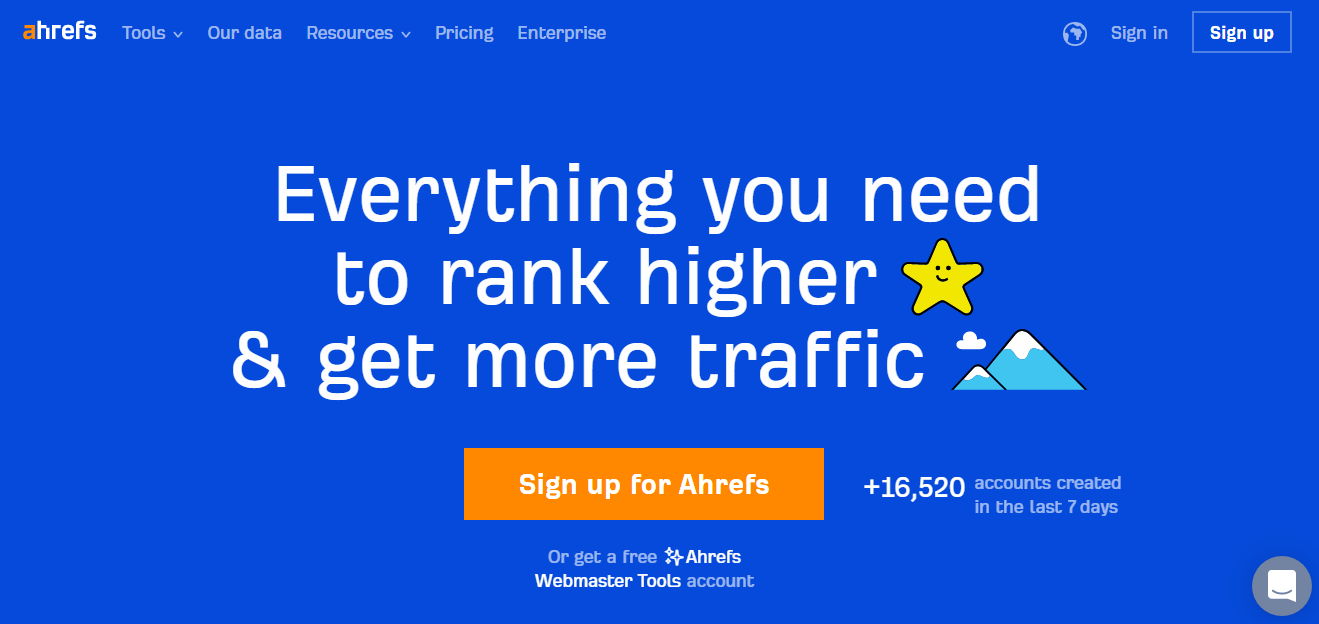I am sure you have noticed the “People Also Search For” section in the google search engine while searching for something on this biggest search engine which has made our lives mighty simple and COMPLICATED at the same time.
Here are the ways to find PASF keywords, as well as how to rank them in Google.
Back in 2018, Google quietly added a feature called “People Also Search For.” This was done to help people who were searching on Google find other things to look for if they didn’t find what they were looking for.
For instance, if someone wants to know “how to do content marketing,” they might search for “content marketing.” Google will show a lot of articles that explain “what is content marketing,” but they might not be what a person is looking for.
Clicking on search terms such as “content marketing strategies” or “content marketing examples” will bring users to articles about “how to do content marketing.”
It’s a way for Google to improve its search results and make it easier for people to find what they want.
Because Google’s main goal is to get users to the end of their search as quickly as possible. This makes it easier for people to use Google and keeps them coming back to it as their favorite search engine.
In the rest of this article, I’ll explain what People Also Search For is, what other types of featured snippets Google has, and how to rank for these kinds of keywords.
What are People Also Search For keywords?
Additionally, people search for keywords related to a particular topic according to their search queries.
It’s a way for Google to help people who are looking for something to find other things they might be interested in.
Remember that Google’s goal is to get users to the end of their search as quickly as possible (did I say that already?).
Most of the time, someone might just be looking for something specific on Google. Someone could, for example, search for “content marketing.”
This is what shows up on the SERP (search engine results page) when someone searches for “content marketing”:
The user might not find what they are looking for in any of these results. Users who click an article and then back out see the People Also Search For snippet.
In the SERP, PASF is activated when Google assumes that a user didn’t find what he/she was looking for (because the user clicked back after clicking on an article).

In the example above, you can see that Google is saying that when people search for “content marketing,” they may also search for “content marketing examples” or “content marketing course.”
This makes Google a better place to browse for people.
But it does more than just that.
Marketers and SEOs can use this tool to find keyword ideas.
I always find the General Keywords that I wish to target on Google. To find the long-tail keywords, I simply enter the desired keyword in the PASF box.
The autocomplete feature on Google provides me with keyword suggestions.
These are those terms that a lot of people are searching for. Because these terms are often new, keyword research tools cannot locate them. Thus, a win-win situation for me.
I also use The People Also Ask (PAA) section of Google to find keywords. Let me explain that below.
People Also Ask (PAA) vs People Also Search For (PASF)
An example of a People Also Ask (PAA) list is a list of questions related to a particular keyword that people also ask.
Questions about a subject aren’t always keywords; they’re rather questions asked by people. I always use the PAA section to get ideas for my content and blog posts.
It is evident that Google’s SERPs are always getting new search results and ways to find them.
As I mentioned earlier, the goal of Google is to help people complete their searches as quickly as possible. This makes sure that people who use Google as their search engine have a good time.
What do People Also Search For mean on Google?
I’ve already said a little bit about this, but People Also Search For means that a person looking for a topic may do more searches on that topic.
The PASF also shows what people search for next.
This can help Google users find the exact piece of content that meets their needs as they search.
This can give SEOs more ideas for keywords to go after.
What does Google say about the People Also Search For box?
Google hasn’t said much in public about PASF. We do know that this feature first appeared in 2018.
It was added as a sort of quiet SERP feature to help people search better. Google is always trying out new ways to help people find answers to their questions, so it often adds new featured snippets to its search engine.
Google’s main ranking algorithm, PageRank, always works the same way. But a lot of the smaller SERP features are always changing.
It’s likely that this will keep on happening. Most likely, Google’s search engine results page will get new features and results (SERP).
We can already see that for some keywords, Google no longer only shows 10 results per page. This means that the SERP is always getting better.
People Also Search For statistics
It was found that the People Also Search For results appear on 58.74% of desktop search results and 87.05% of mobile search results after reviewing more than 15,000 SERP results.
When you’re on your phone, Related searches are called “People Also Search For.”. Related searches are also available on desktops.
Tools to find People Also Search For keywords
Below I discuss my favorite and go-to tools that help me to search for PASF keywords. YOu should bookmark this article, to get on it every time to are searching for PASF keywords.
1. Google’s SERP
There is no doubt about this. Click a link after typing a keyword into an incognito window (or private browsing window). Look in the “People Also Search For” box when you click the “Back” button.
Or, just type a word or phrase into Google and scroll down to the bottom of the page. You can find related topics and get more ideas for keywords.
2. Keywords Everywhere
Keywords Everywhere is a free extension for Chrome that helps you find keywords.

You can see that Keywords Everywhere will show you both “Related Keywords” and “People Also Search For” keywords. Most of the time, these outcomes are pretty close.
This is a quick and easy way to find PASF keywords without having to click on links in Google’s search results and then back out again.
3. Ahrefs
I love Ahrefs, but it can be a bit pricey! I don’t understand why their pricing changed!
It’s clear that Ahrefs does more than just offer PASF keywords. On Google, you can also see “Questions” and other keyword ideas by using People Also Ask (PAA).

There is no doubt that Ahrefs is one of the best SEO tools for SEO professionals like me who are serious about their work.
I do not use this tool to find PASF keywords, as it is a bit pricey so I use it smartly and wisely! It helps me a lot in increasing the organic traffic to my website.
How to rank for PASF keywords
There is no difference between ranking for a People Also Search For keyword and ranking for other keywords.
1. Finding PASF topics to go after
Find a keyword that you would like to target using one of the tools listed above. Choosing long-tail keywords that are easy to rank for is important.
2. Search Intent
One of the most important ranking factors is the search intent for a given keyword. If you type a keyword into Google, you can find out what someone is looking for.
Knowing what users are looking for is essential for creating content that is relevant and useful, which then positively affects your website’s ranking.

Don’t underestimate how critical search intent is. It can make all the difference between getting lots of clicks and getting lots of crickets.
Again, all you have to do is look at what Google ranks first for a certain keyword and write a blog post about something related to that.
3. Outline your project in an outstanding manner
Once you have an idea of the keywords and know what people are looking for, the next step is to make a content outline.
I use the Surfer SEO tool for this. Let me describe how to use Surfer SEO for your benefit easily. Read along or try the steps if you want to be more hands-on.
All you have to do in Surfer SEO is type in a keyword to get a report.
The report shows you related keywords that you should use in your article and gives you ideas for what to write and talk about in your article.
It gives you an idea of what people want to read about a certain subject. It’s a great way to make sure all of your articles are good for Google.
Optimization is a key part of getting people to read your articles, so you should use a tool like Surfer SEO if you want people to find your website on their own. I DO so I USE!
4. Interlinks & Backlinks
Once you’ve posted your article, you’ll want to link it to other pages on your website. This means that you want each page on your site to link to other related pages on your site.
If you make a knowledge graph, Google will see that you know a lot about a certain subject.
Interlinking is like giving yourself links from other pages on your website instead of getting them from other websites.
You can try to link to a page on your site from at least three other pages on your site.
If you do the above things, your article should rank higher on Google’s SERP (after a few months).
If you focus on a keyword that has a lot of competition, you might not rank high in Google’s search results.
A backlink is a link on another website that goes to your website. From Google’s point of view, it means that people trust your content enough to link to it.
All right, that’s it!
Quick Links:
Conclusion: People Also Search For 2024
People Also Search For keywords a great way for marketers to find keywords they might not have thought of otherwise.
PASF keywords are great because they provide direct information from Google. It’s not from a tool for finding keywords.
So, these keywords can be very valuable because they are terms that people are looking for right now.
It is often the case that these words are searched for a great deal, despite keyword research tools showing otherwise.
These similar queries can help you come up with a lot of content ideas and, over time, improve your organic search results.
This feature is meant to help people who are searching on Google, but it’s also a great way for marketers to boost their SEO strategy.
SEO is all about how to meet people’s needs. If you can figure out what people are looking for and make a resource that meets their needs, your organic traffic will start to grow on its own.






